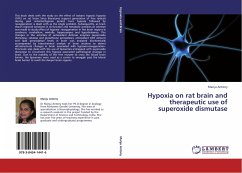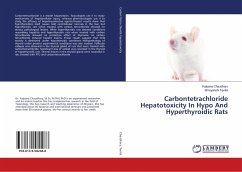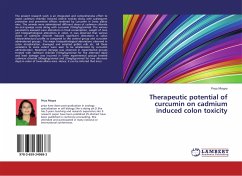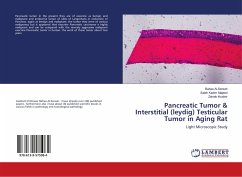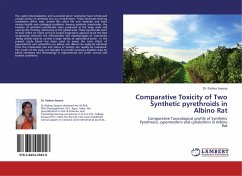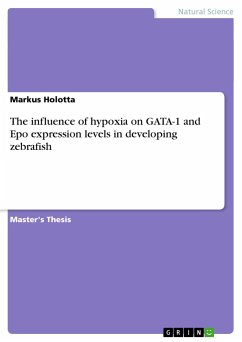This book deals with the study on the effect of isobaric hypoxic hypoxia (10%) on rat brain. Since literatures support generation of free radicals during post ischemic/hypoxic period, here hypoxia followed by reoxygenation is dealt with as the single problem. Subsequently, as brain shows regional variations in its function and metabolic activities an attempt was made to study effect of hypoxia- reoxygenation in five brain regions ie cerebrum, cerebellum, medulla, hippocampus and hypothalamus. The changes in the activities of antioxidant defense enzymes (superoxide dismutase, catalase and glutathione peroxidase), antioxidant GSH amount and lipid peroxidation levels in brain was analyzed biochemically accompanied by histochemical analysis of brain sections to detect ultrastructural changes in brain associated with hypoxia-reoxygenation. This book also deals with the use of liposomes entrapped with superoxide dismutase to circumvent this hypoxia associated pathological changes in brain. Due to the inability of the free enzyme to cross the blood brain barrier, the liposomes were used as a carrier to smuggle past the blood brain barrier to reach the deeper brain regions.
Bitte wählen Sie Ihr Anliegen aus.
Rechnungen
Retourenschein anfordern
Bestellstatus
Storno

